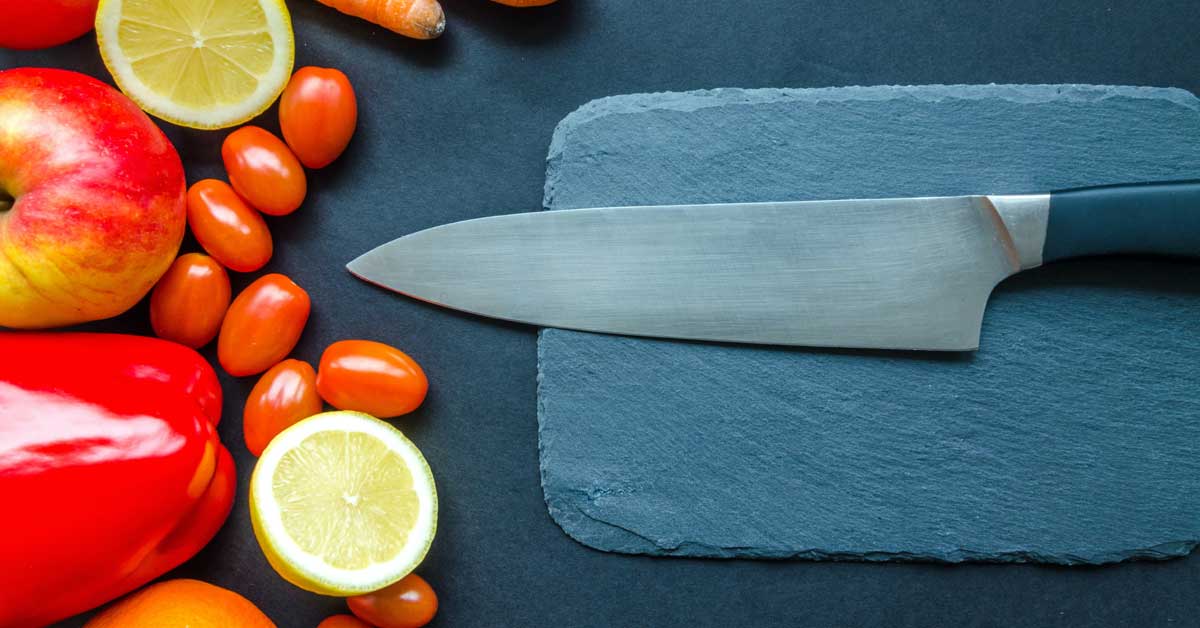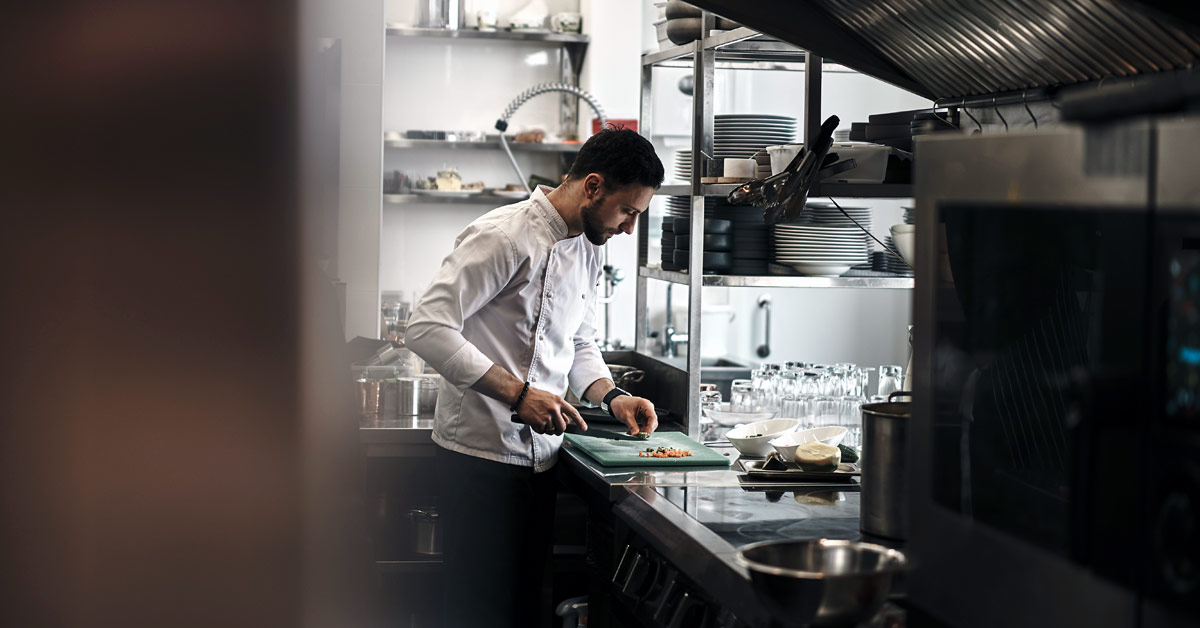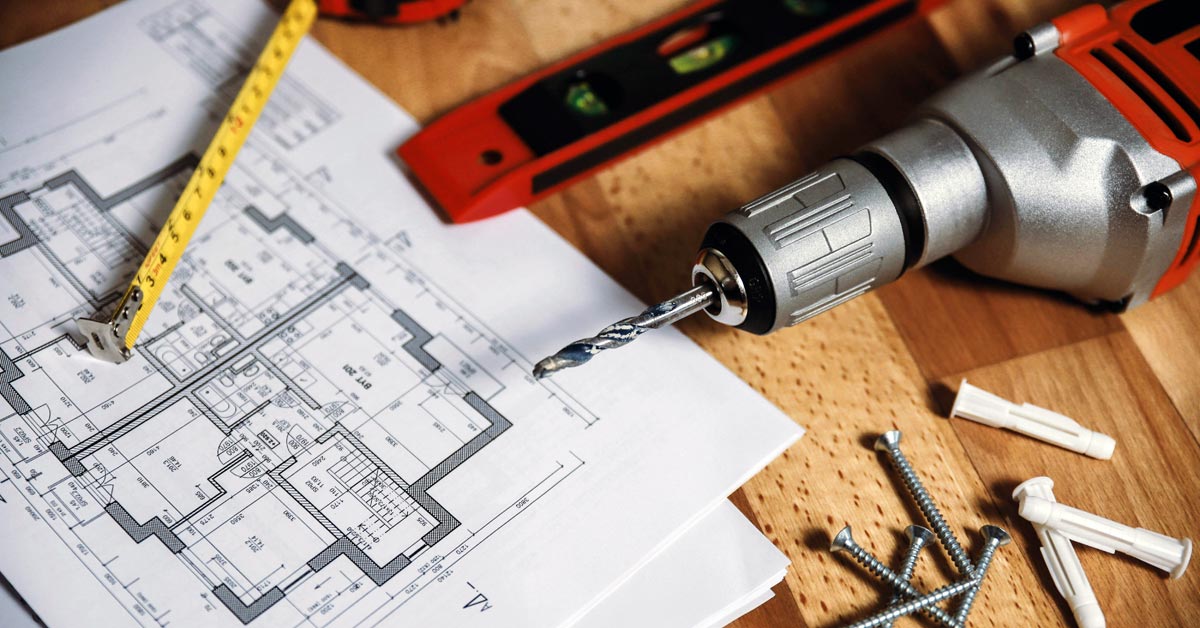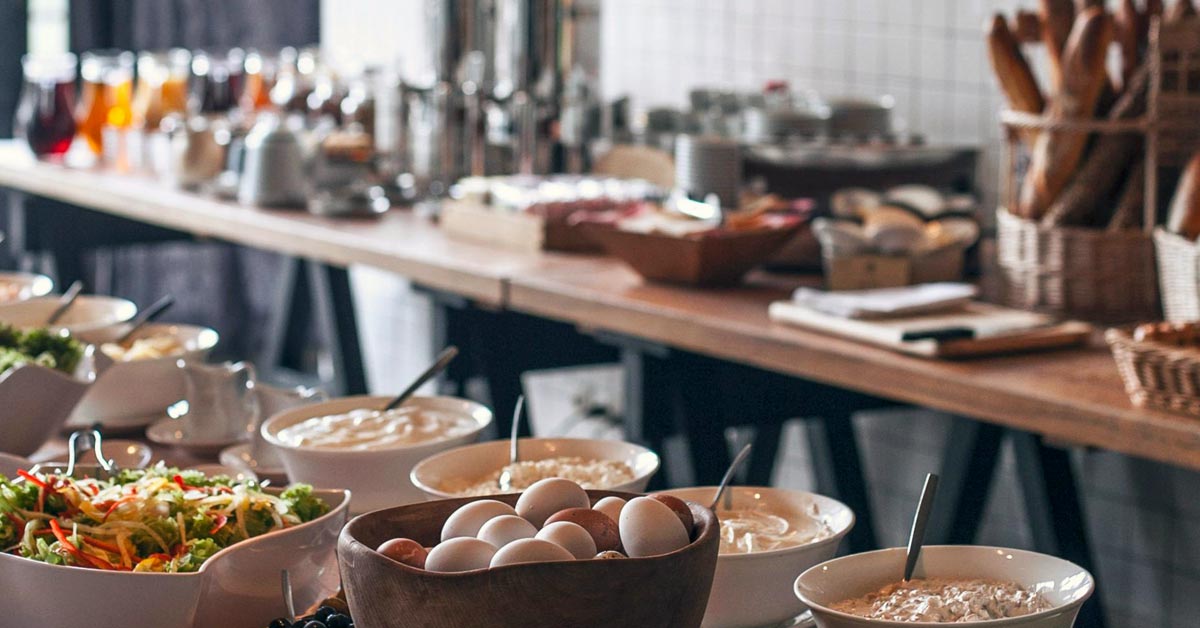Why are culinary knives the indispensable tools that bridge the gap between culinary imagination and creation, and how to choose and care for them?
Culinary knives are an indispensable part of a chef’s toolkit, serving as the most frequently employed kitchen tools. A comprehensive grasp of knife construction, utilization and maintenance is imperative for any culinary professional.
Knife Construction
Culinary knives are essential implements for chefs, enabling them to perform an array of valuable tasks. However, to wield these tools effectively, chefs must acquaint themselves with the intricacies of knife construction, variations in blade types, employ proper cutting techniques, prioritize knife safety and master the art of knife maintenance to ensure longevity.
To determine the appropriate knife for a specific task, one must possess a working understanding of the distinct components of a knife.
Blade
In high-quality, professional knives, the blade is meticulously crafted from a single piece of metal. This metal can be formed through cutting, stamping, or forging into the desired shape. The two primary metals used for knife blades are stainless steel and high-carbon stainless steel.
Stainless steel, comprising chromium and carbon steel, stands out for its durability, resistance to rust and discoloration, and its non-transference of metallic tastes to food. Its drawback, however, lies in the challenge of sharpening.
High-carbon stainless steel, a composite of iron, carbon, chromium, and other metals, offers a balanced blend of stainless steel’s virtues and carbon steel’s sharpness. This material is the preferred choice for professional kitchen knives due to its resistance to rust and ease of sharpening.
Tang
The tang is the extension of the blade that continues into the knife’s handle. Some knives boast full tangs, while others have partial tangs. A full tang extends the entire length of the handle and is recommended for heavy-duty tasks, such as those handled by chef’s knives and cleavers. Conversely, knives designed for lighter duties, like paring and utility knives, may feature partial tangs.
Handle
Knife handles come in various materials, including plastic, vinyl, and hardwoods like rosewood and walnut. Comfort is paramount when choosing a knife handle, as extended usage can lead to hand discomfort or cramping with ill-fitting handles. Manufacturers offer handles in different sizes to cater to individual preferences.
Rivet
Rivets are employed to secure the tang to the knife handle, serving as metal fasteners. To ensure comfort and hygiene, it is essential that the rivets are smooth and flush with the handle’s surface.
Bolster
Some culinary knives feature a shank or bolster at the juncture of the blade and handle. These knives are exceptionally robust and durable, with the bolster preventing food particles from infiltrating the space between the tang and handle.
Types of Culinary Knives
A chef selects culinary knives based on the specific culinary task at hand. Different knives are suited for distinct functions. Here are some examples:
– Chef’s Knife
This versatile, all-purpose knife boasts a triangular blade ranging from 8 to 14 inches. It excels in peeling, trimming, chopping, slicing, and dicing tasks.
– Utility Knife
A smaller version of the chef’s knife, the utility knife features a 5- to 7-inch blade, ideal for peeling and slicing fruits and vegetables.
– Slicer
With a long, thin blade, slicers are perfect for cutting large foods like meat and poultry. The tip can be either pointed or rounded, and the blade may be rigid, flexible, or serrated, allowing for precise slicing without crushing or tearing.
– Boning Knife
This small, angled knife, equipped with a 5- to 7-inch blade, is designed for deboning meat, fish, and poultry, as well as trimming fat.
– Paring Knife
Featuring a rigid 2- to 4-inch blade, paring knives are used for paring or peeling the outer layers of fruits and vegetables.
– Tournée Knife
Resembling a bird’s beak with its curved blade, the tournée knife is employed for shaping potatoes and vegetables into football-like forms.
– Fillet Knife
These knives have 8- to 9-inch blades with pointed tips and are primarily used for filleting fish. The blades can be either rigid or flexible to suit different tasks.
– Butcher Knife
Characterized by a 6- to 14-inch rigid blade with an upward-curving tip, butcher knives are ideal for cutting meat, poultry, and fish, often referred to as “scimitars” due to their curved blade reminiscent of a saber.
The evolution of culinary knives from early flint tools to the modern, finely crafted culinary instruments reflects the continuous innovation in steel manufacturing, underscoring their enduring significance in the culinary world.
For more information on culinary kinves, we recommend the following resources:
_________________________________________________
UNL Food – How to Use a Chef’s Knife: https://food.unl.edu/article/how-use-chefs-knife
Bon Appétit – The Best Chef’s Knife, According to Bon Appétit Editors: https://www.bonappetit.com/story/how-to-find-the-best-chefs-knife-for-you
The New York Times – The 4 Best Culinary Knives of 2024: https://www.nytimes.com/wirecutter/reviews/the-best-chefs-knife-for-most-cooks/







